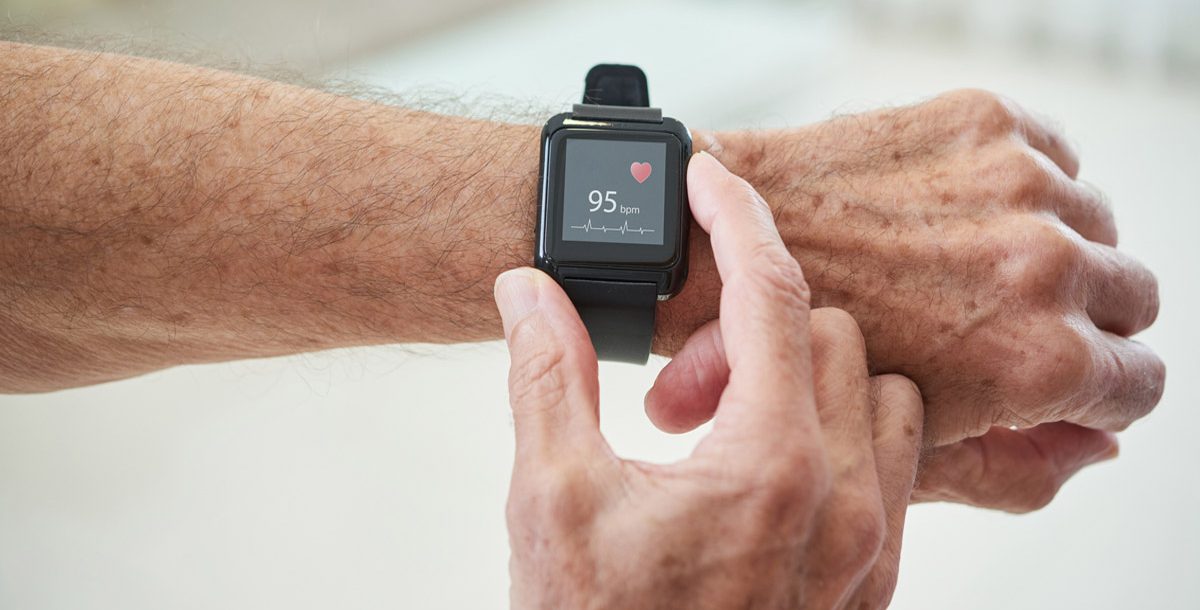Whenever a medical professional wants to assess your heart health quickly, they might check your heart rate. Heart rate is a measure of how many times your heart is beating per minute. However, it’s important to know how to check your heart rate at home properly.
What affects your heart rate?
Many biological factors can affect your heart rate, including your age, body size and current body position.
Some factors include:
- Illness or sleep: You might notice a faster heart rate if you have a fever or slept poorly.
- Your fitness level: People who are more active may have lower resting heart rates. An athlete’s resting heart rate might even go below 50 BPM (heartbeats per minute).
- Psychological factors: Your emotional state can also influence your BPM. If you’re feeling stressed out, your heart rate will increase.
- Smoking: Smoking can have many negative effects on your overall health, including an elevated heart rate.
- Some medications: Your heart rate may increase as a side effect while you take certain medications.
- Caffeine: Substances with caffeine, including coffee and tea, can elevate your heart rate.
How to check your heart rate at home
Wondering how to calculate resting heart rate on your own? It’s important to know how to check your heart rate at home the right way so you can better track your health. However, there are a few different ways to do so.
One convenient method involves an electronic fitness tracker. These devices can come in many forms, including a watch or chest strap. Some workout machines even have a built-in BPM monitor, so you can see your heart rate at a glance.
However, you don’t need high-tech equipment when measuring your heart rate. The following techniques will also get the job done. Note that it’s best to check your heart rate in the morning before you have your morning cup of coffee or tea. Measuring it after a workout will also give you an inflated number.
- Radial pulse: Use your middle and pointer fingers to find your pulse at the base of the thumb, along the inside fold of your wrist. Count the number of beats for 15 seconds. Multiply that number by four to determine your BPM.
- Carotid pulse: Use your pointer and middle fingers to find a pulse on the side of your neck, just under your jawbone. You can find it on either side of your neck. Count the number of beats for 15 seconds and multiply that number by four.
- Pedal and brachial pulse: You can use the same technique to find a pulse on the top of your foot or near the inner crease of your elbow. Doctors commonly use the latter method to determine heart rate in children.
What is a normal heart rate?
A normal resting heart rate, or a heart rate when a person is inactive, ranges from 60 to 100 beats per minute. However, some medical experts believe the healthiest range is around 50 to 70 BPM.
What is a dangerous heart rate?
A low heart rate is fairly normal for athletic people. However, if you’re not very active, a heart rate lower than 60 BPM may indicate an underlying problem. For example, it could be a sign of congenital heart disease or an inflammatory disease. Look for accompanying signs of trouble, such as weakness, chest pain and dizziness.
A resting heart rate that stays over 100 BPM is another potential sign of trouble. It could be the result of anemia or heart disease. You might also notice other symptoms such as dizziness, palpitations, headache or chest pain.
How we can help
If you have any concerns about your heart rate, reach out to your primary care provider. Whether it’s too high or too low, talk with your provider about any symptoms you may be feeling as a result. They may run some additional tests to better determine the potential cause.
Learn about the heart and vascular services we offer at Bon Secours.




